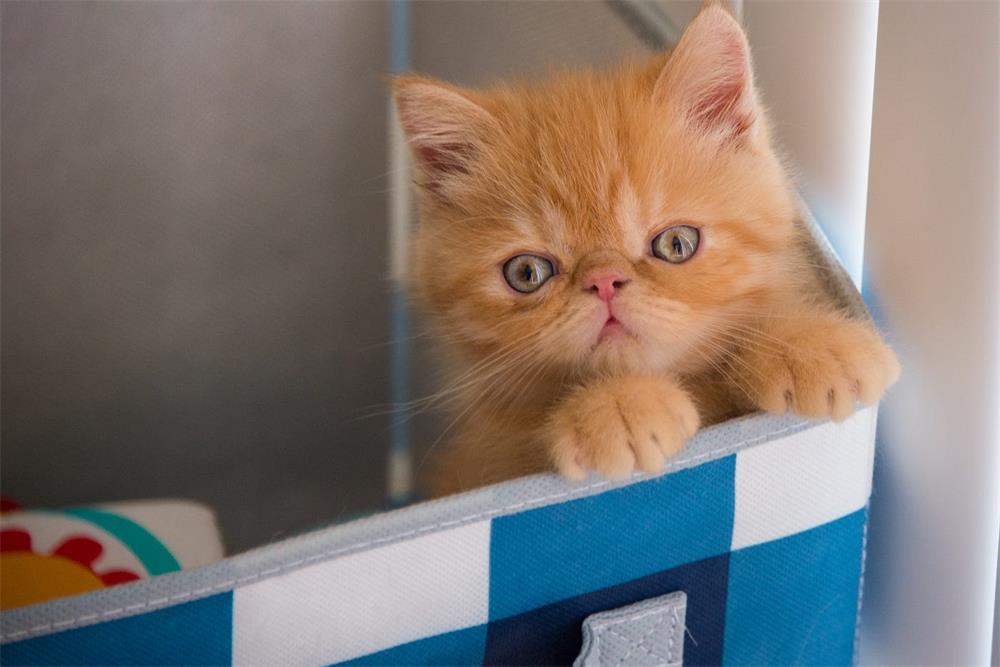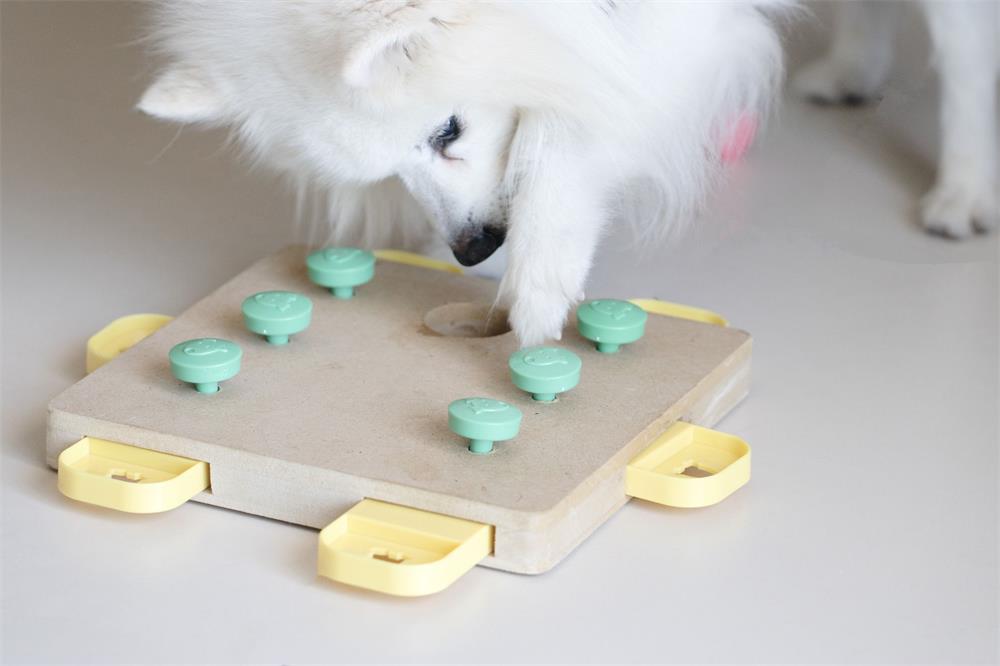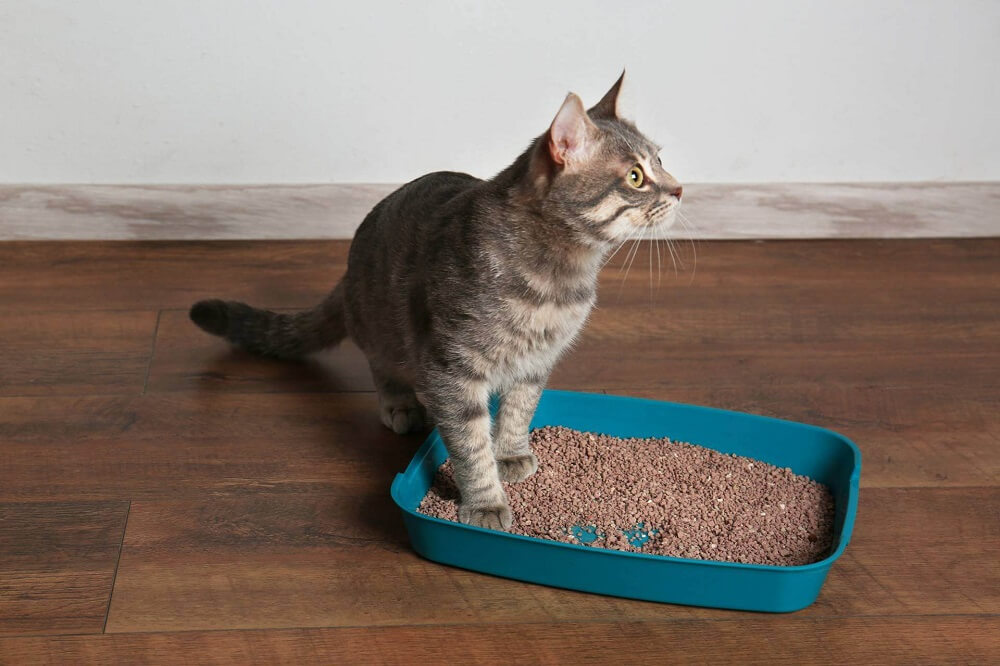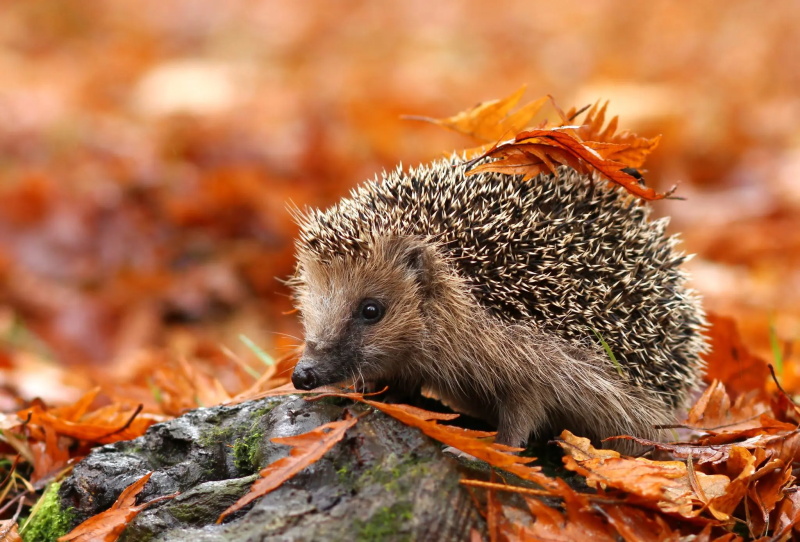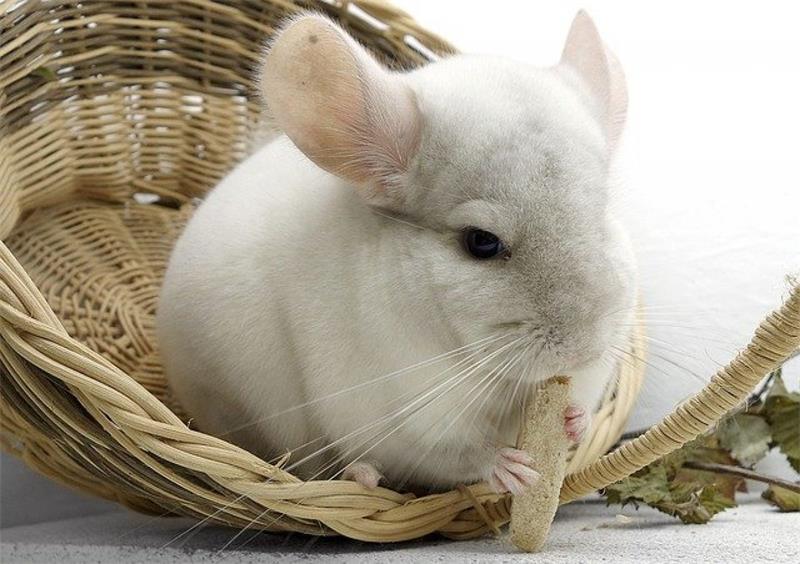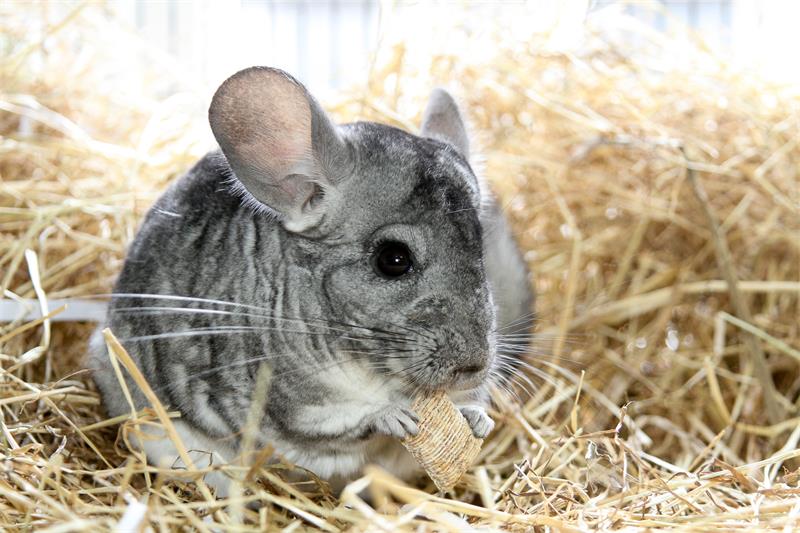Orange tabby cats are among the most popular and adorable cats in the world. They have distinctive striped coats that come in various patterns and shades of orange. But did you know that orange tabby is not a breed, but a color and pattern variation that can occur in many cat breeds? Here are some fascinating facts about these charming felines.
The Origin and History of Orange Tabby Cats
Orange tabby cats have a long and mysterious history. Some experts believe that they originated in ancient Egypt, where they were revered as sacred animals and depicted in art. Others suggest that they are descendants of the Egyptian Mau, a spotted cat breed that has a similar pattern to some tabbies.
The term “tabby” comes from the French word “tabs”, which was a type of striped silk fabric. The word was later applied to cats with striped coats, regardless of their breed or color. The orange color is caused by a pigment called pheomelanin, which is also responsible for red hair in humans.
The Different Patterns of Orange Tabby Cats
There are five main types of tabby patterns, and each one has its own unique appearance and personality. Here are the five types of orange tabby cats:
- Mackerel: This is the most common and iconic type of tabby pattern, which resembles tiger stripes. The mackerel tabby has narrow stripes that run parallel along its body, branching out from a single stripe along its spine. The name “mackerel” comes from the fish skeleton shape that the stripes form.
- Classic: This is the second most common type of tabby pattern, which looks like swirls or blotches of different shades of orange. The classic tabby has wide stripes that form circular or oval shapes on its sides, creating a marbled effect. Some people call this pattern “blotched” or “marbled” tabby.
- Spotted: This is a rare and exotic type of tabby pattern, which consists of spots instead of stripes. The spotted tabby has small or large spots that can be round or oval, scattered randomly or arranged in rows on its body. Some breeds that have this pattern are Bengal, Ocicat, and Egyptian Mau.
- Ticked: This is a subtle and elegant type of tabby pattern, which is often mistaken for a solid color. The ticked tabby has hairs that are banded with different colors, creating a salt-and-pepper effect. The ticked tabby usually has no stripes on its body, except for some on its face, legs, and tail. Some breeds that have this pattern are Abyssinian, Somali, and Singapura.
- Patched: This is a special and beautiful type of tabby pattern, which combines two or more colors on the same cat. The patched tabby has patches of orange mixed with other colors, such as brown, black, gray, or cream. The patches can be striped, spotted, or ticked. Some people call this pattern “tortoiseshell” or “calico” tabby.
The Personality and Traits of Orange Tabby Cats
Orange tabby cats are known for their friendly and affectionate personalities. They are often very social and outgoing, enjoying the human company and attention. They are also very intelligent and curious, always eager to explore and learn new things.
Orange tabby cats tend to be very relaxed and laid-back, preferring to nap and cuddle rather than run and play. They also love food and can be quite greedy at times. They may try to wake you up in the morning if you forget to feed them on time.
Orange tabby cats are not a specific breed, so their personality and traits may vary depending on their individual genetics and environment. However, they are generally very lovable and charming cats that will make great companions for anyone who appreciates their beauty and character.
How to Care for an Orange Tabby Cat
If you have an orange tabby cat or are planning to adopt one, you may wonder how to take care of it properly. Orange tabby cats are not a specific breed, but they may have some special needs and preferences that you should be aware of. Here are some tips on how to care for an orange tabby cat.
Provide a Balanced Diet
Orange tabby cats love food, but they can also be prone to obesity and diabetes if they overeat or eat the wrong foods. To keep your orange tabby cat healthy and happy, you should provide a balanced diet that meets its nutritional needs.
The best diet for an orange tabby cat is a high-quality, grain-free, wet food that is rich in protein and low in carbohydrates. Wet food helps keep your cat hydrated and prevents urinary tract problems. You can also supplement the wet food with some dry kibble or treats, but make sure they are also grain-free and low in carbs.
You should feed your orange tabby cat twice a day, following the recommended portions on the food label. You can also use a puzzle feeder or a slow feeder to make your cat work for its food and prevent overeating. Avoid giving your cat human food, especially chocolate, onions, garlic, grapes, raisins, and dairy products, as they can be toxic or harmful to cats.
Keep Your Cat Groomed
Orange tabby cats have short to medium-length coats that are easy to maintain. They do not need frequent bathing or brushing, unless they get dirty or have mats in their fur. However, you should still groom your cat regularly to keep its coat shiny and healthy.
You should brush your cat once a week with a soft-bristled brush or a grooming glove. This will help remove loose hair, dirt, and dander from your cat’s coat and prevent hairballs. You should also trim your cat’s nails every two to three weeks with a cat nail clipper or a grinder. This will prevent your cat from scratching itself or your furniture.
You should also check your cat’s ears, eyes, teeth, and skin for any signs of infection or disease. You should clean your cat’s ears with a cotton ball moistened with a mild ear cleaner once a month. You should wipe your cat’s eyes with a damp cloth if they have any discharge or crustiness. You should brush your cat’s teeth with a cat toothbrush and toothpaste once a week. You should also look for any fleas, ticks, wounds, lumps, or rashes on your cat’s skin and consult your vet if you find any.
Provide Enough Stimulation and Exercise
Orange tabby cats are very intelligent and curious, but they can also be very lazy and relaxed. To keep your orange tabby cat mentally and physically stimulated, you should provide enough toys, games, and exercise for it.
You should have a variety of toys for your cat to play with, such as balls, mice, feathers, lasers, tunnels, and scratching posts. You should also rotate the toys every few days to keep your cat interested and excited. You should play with your cat for at least 15 minutes a day, using interactive toys that mimic prey movements and encourage your cat to chase, pounce, and hunt.
You should also provide enough exercise for your cat to burn off excess energy and calories. You can do this by letting your cat run around the house or yard, or by taking it for walks on a leash or in a harness. You can also use a cat wheel or a treadmill to let your cat run indoors.
Give Your Cat Enough Love and Attention
Orange tabby cats are very affectionate and social, but they can also be very independent and aloof. To keep your orange tabby cat happy and content, you should give it enough love and attention without being too clingy or intrusive.
You should respect your cat’s boundaries and let it decide when it wants to cuddle or be alone. You should not force your cat to sit on your lap or hold it against its will. You should also not disturb your cat when it is sleeping or eating.
You should pet your cat gently and softly on its head, chin, cheeks, and back. You should avoid touching its belly, tail, paws, or ears unless it allows you to do so. You should also talk to your cat softly and sweetly using its name and praise words.
You should also spend some quality time with your cat every day, doing things that it enjoys. You can watch TV together, read a book together, or just sit quietly together. You can also give your cat some treats or catnip as a reward or incentive.
Conclusion
Orange tabby cats are wonderful pets that will bring joy and warmth to your life. They are beautiful, friendly, smart, and loyal. However, they also have some specific needs and preferences that you should be aware of. By following these tips on how to care for an orange tabby cat, you can ensure that your cat will live a long, healthy, and happy life with you.


